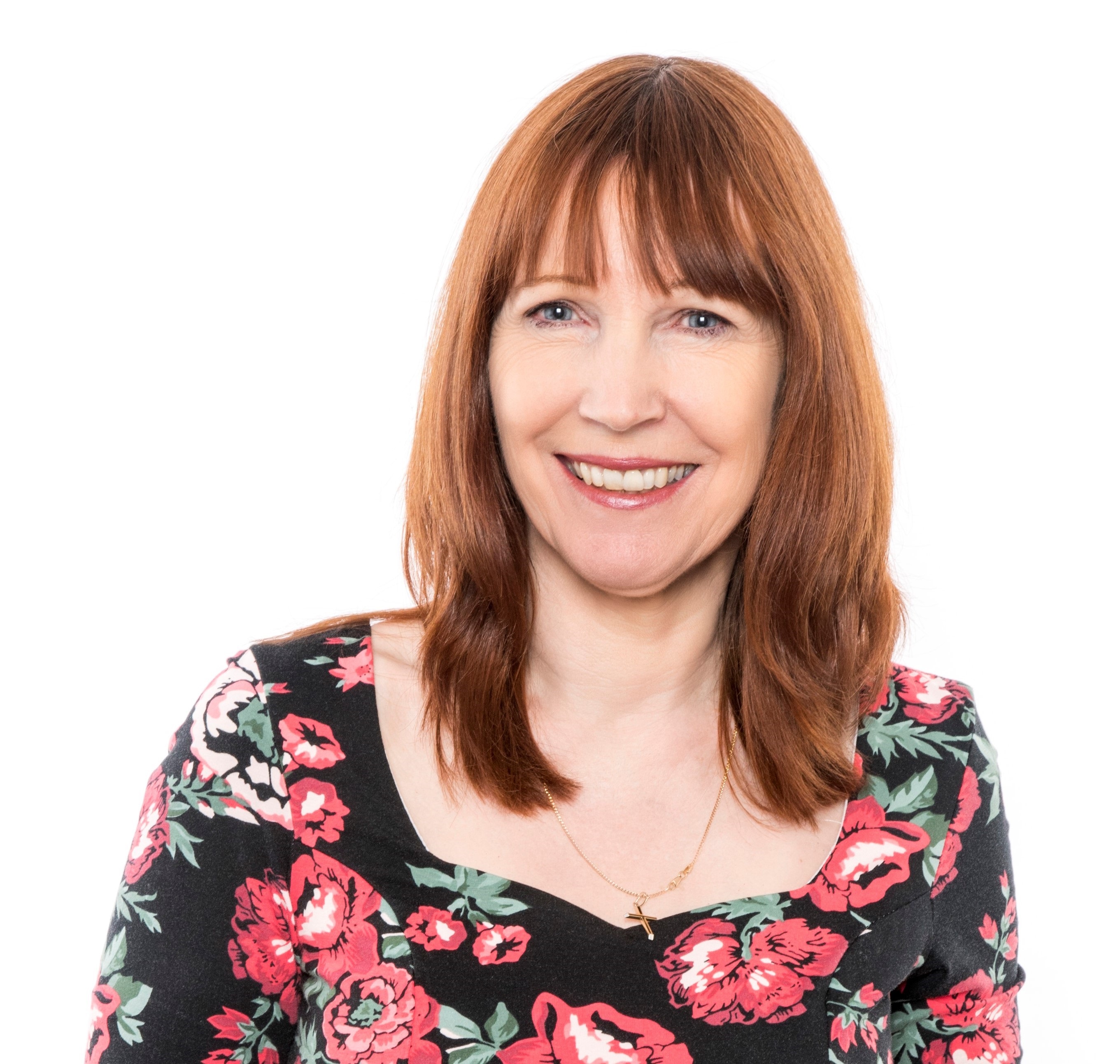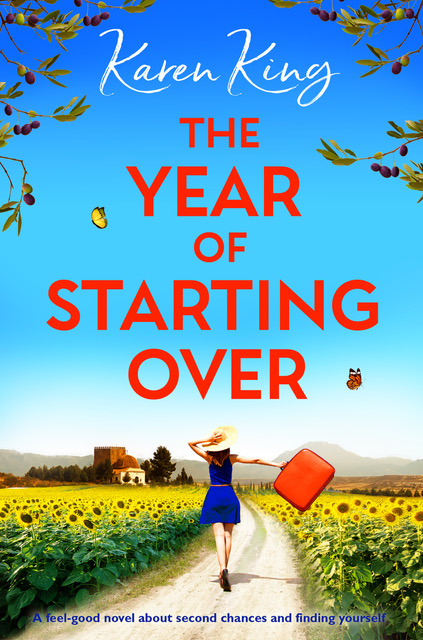 Meet Karen King who is a very successful author of Women’s Romantic Fiction. Today she lets us into a few of her writing secrets with ‘Six things I have learnt about writing popular women’s fiction’. Her advice is excellent.
Meet Karen King who is a very successful author of Women’s Romantic Fiction. Today she lets us into a few of her writing secrets with ‘Six things I have learnt about writing popular women’s fiction’. Her advice is excellent.
Welcome, Karen, to The Writer’s Hub. Thank you for sharing this with us.
Characters are King and should be relatable
When you’re writing romantic fiction the heroine and hero are right up front. It’s these two that make the story, it’s their special circumstances, personality, journey that hooks the reader. So it’s important that they are relatable, and that even though they aren’t perfect (never, ever perfect!) that they are both someone the reader will be rooting for, wanting them to sort out their differences. A few strong background characters with their own sub-story also adds interest. I always flesh out the characters before I start to write, jotting down what they look like, their names, their occupation, where they live, etc. I like to have a rounded picture of them before I start writing the story down, then I know how they will react to the situations I put them in.
Give the main characters an interesting back story.
Flaws make your character more interesting and it adds interest to give your character a back story to explain these flaws. Maybe your heroine doesn’t want to get serious with anyone because she had her heart broken by her first love/her dad walked out when she was little/ her sister’s husband cheated on her, etc. Your hero could be obsessed with making money because his mum/dad was an alcoholic and they were constantly broke so being financially secure is important to him. As the story progresses they can work through these issues, and if not completely resolve them, at least come to terms with them.
Writing description isn’t easy but it’s necessary
Descriptive writing doesn’t come easy to me. I started my writing career writing scripts for teenage and children’s magazines, where we had a very tight wordcount and ‘the pictures did the talking’, so I’m all action and dialogue. However, I know that description is important, readers like to imagine themselves in the scene so once I’ve got the first draft down I start to add more description. In my first draft my heroine walks barefoot over the beach, in my second draft she walks barefoot over a white, sandy beach, in the third draft she pads barefoot over the soft white sand, dangling her sandals from her fingers, heading towards the shimmering, sun-kissed sea. If you struggle with writing description too, you might find this a useful tip.
There must be chemistry between the heroine and hero
It’s absolutely vital that even if the heroine and hero don’t like each other to start off with there is definite chemistry between them, sizzling attraction that the reader can ‘feel’. It’s this chemistry that helps them work through whatever issues they have, that makes them want to get together despite what their ‘head’ is telling them. Chemistry makes the commitment-phobic heroine decide to take a chance on the hero, the workaholic hero loosen up and allow the heroine into his life. Chemistry is what makes a romance work.
Love scenes don’t have to be explicit.
I know there’s a lot of people who enjoy reading and writing explicit love scenes, and that’s fine, but I don’t. I prefer to get the heroine and hero all heated up, tearing the clothes off each other in the heat of passion, then leave them to do the deed whether it’s in bed, on a rug in front of the fire, in the back of the car. I think that getting the right atmosphere, setting off that sizzling chemistry, is enough then the reader’s mind can do the rest. Sexy scenes don’t have to describe the sex in minute detail. Unless you want them too, of course.
Everyone knows how the story will end but it’s the journey that matters
It’s the format of the romance novel that the story path should lead to a ‘happy ever after’ even if only temporary, but the path should have lots of twists and turns. It’s the characters’ journey that gives your romance the unique twist. Whilst the reader is pretty sure that the heroine and hero will get together, you need enough twists and turns to make them doubt it for a bit, to wonder if they will ever sort out their differences. And a ‘happy ever after’ doesn’t have to mean that they get married, they can just agree to give their love a chance and see where it leads them.
Author bio
Karen King started her writing career writing for Jackie magazine and children’s comics such as Postman Pat and Winnie the Pooh. She is now a multi-published author of children’s books and romantic fiction. She has had 120 children’s books published, two young adult novels, seven romantic novels and several short stories for women’s magazines. Her latest two romance novels, Snowy Nights at the Lonely Hearts Hotel and The Year of Starting Over, are both published by Bookouture.
When she isn’t writing, Karen likes traveling, watching the ‘soaps’ and reading. Give her a good book and a box of chocolates and she thinks she’s in Heaven.

Contact links
To Buy The Year of Starting Over click on the link below:
Website: http://www.karenking.net/
Twitter: @karen_king
Karen King Romance Author Facebook Page
Karen King Young Adult Books Facebook Page
Pinterest: https://uk.pinterest.com/karenkingauthor/
Instagram: https://www.instagram.com/karenkingauthor/?hl=en





One Comment on “Meet Karen King-Six Things I Have Learned About Writing Popular Women’s Fiction”
Thank you for inviting me over to your blog, Carol. X